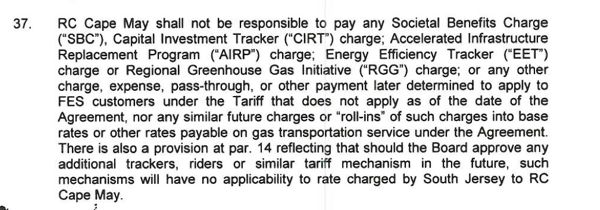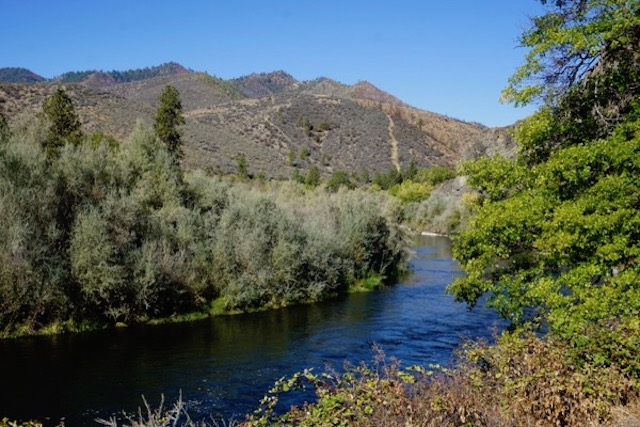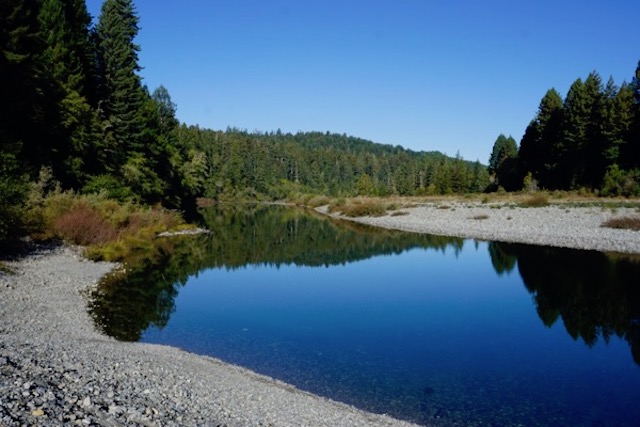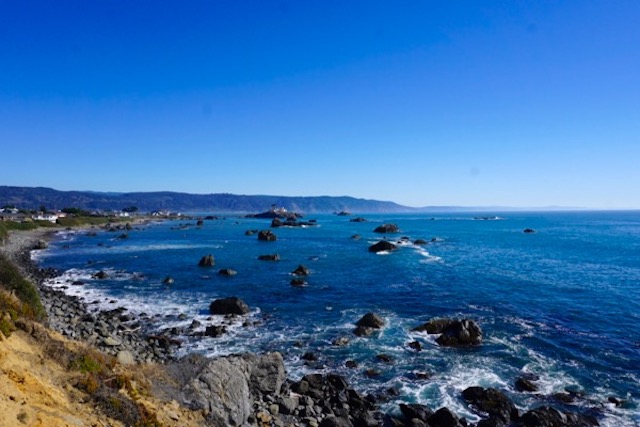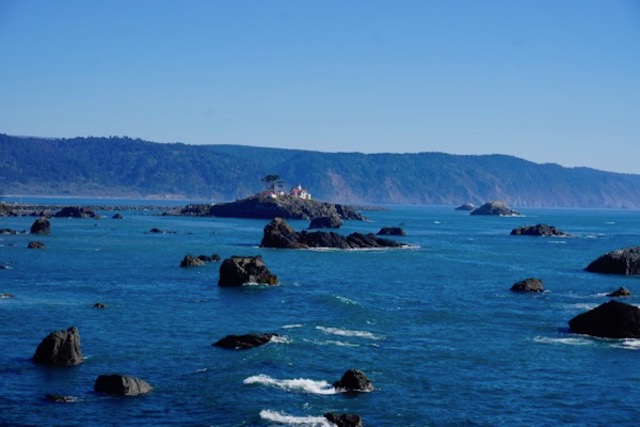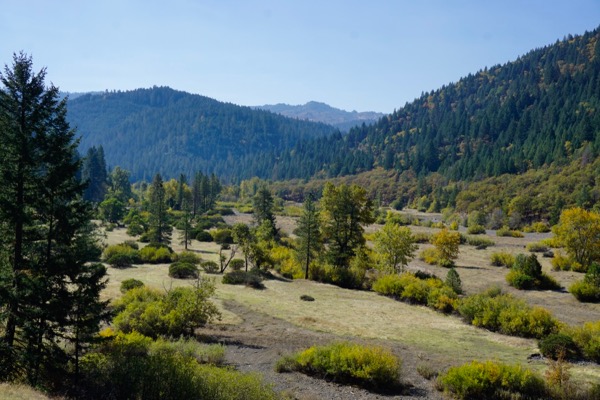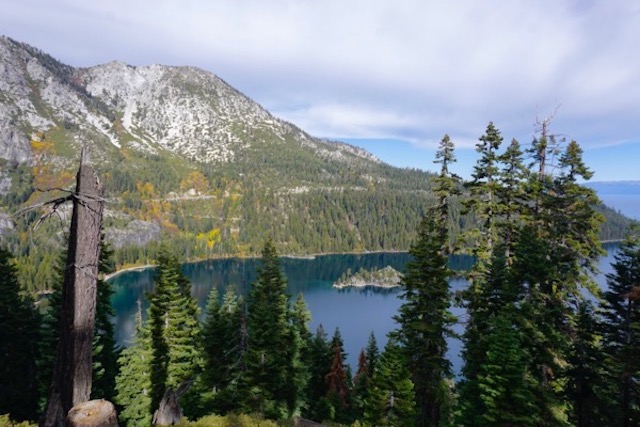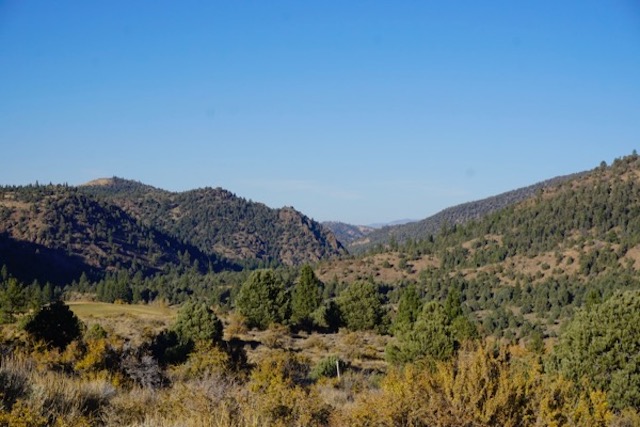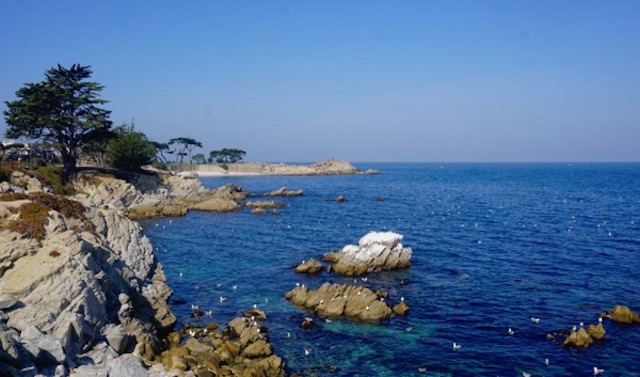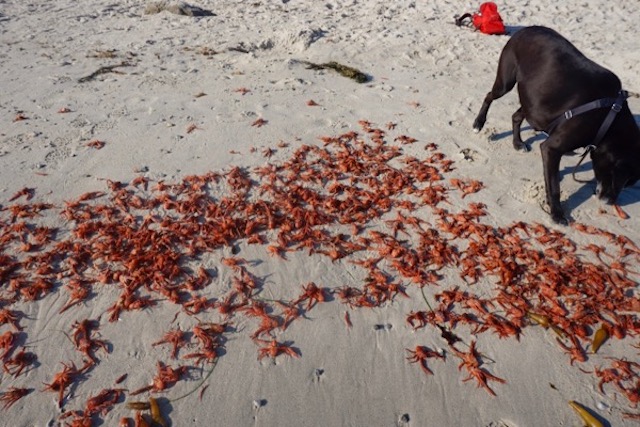Senator Smith Urged To Put Teeth In Proposed Climate Legislation
Flawed Climate Bill To Be Heard On Monday
Bill Supports Industry Legal Argument That DEP Lacks Authority To Regulate GHG
Bill Lets DEP Off The Hook For Failure To Regulate GHG Emissions Under Current Law
Senate Hearing Opportunity to Send Message to Trenton to Get Real On Climate Catastrophe
[Update: 5/2/22 – I need to clarify the update below regarding DEP’s authority to regulate greenhouse gas emissions, in light of what may appear to be a contradictory analysis of Senator Smith’s current bill, S1602, to put teeth in the Global Warming Response Act.
DEP does have authority to regulate GHG emissions from a small universe of major emission sources under the 1954 NJ Air Pollution Control Act (APCA). That authority includes setting emission fees.
But that APCA authority is limited to issuing permits based on technology, not on the GHG emission reduction goals and timetables of the Global Warming Response Act. DEP also has APCA authority to base emission limits on ambient air quality standards, but there are no ambient air quality standards for greenhouse gases.
That APCA authority is also limited to a very small universe of major GHG emissions sources (less than 20% of all emissions).
The DEP does not have authority under the Global Warming Response Act (GWRA) to regulate GHG emissions to achieve the emission reduction goals of that Act.
That’s why Smith’s bill is important – i.e. to link DEP’s air permit authority under the APCA to the goals of the GWRA. But the Smith bill would need to be amended to apply to all emission sources and to include enforceable timetables, fossil phase outs, lifecycle emissions, etc. ~~~ end update]
Important Updates below]
Yesterday, I wrote to explain fatal flaws in NJ Senate Environment Committee Chairman Bob Smith’s proposed bill (S3207) to implement the greenhouse gas emission reduction goals of the 2007 Global Warming Response Act.
Today, I wrote Senator Smith the letter below (with copies to Committee members Senators Greenstein (D) and Bateman (R)) to convey my concerns, and outline the kind of major amendments required to put teeth in the bill (I intentionally left out a fossil moratorium, as Gov. Murphy should initiate that policy via Executive Order).
Reliance on Gov. Murphy’s energy policy – i.e. re-entry into RGGI, off shore wind and solar -alone won’t work.
First, the NJ RGGI law and RGGI program covers less than 20% of total GHG emissions and the current paltry $3/ton emission allowance fee has no effect on emissions and won’t generate nearly enough revenues to finance investments to transition to 100% renewables.
Second, GHG emissions from existing and pending proposed gas power plants and pipelines would wipe out any emissions reductions from renewable energy (3,500 MW of off shore wind and modest expansion of solar).
The Smith bill will be heard on Monday December 3, 2018 in Trenton, at 10 am in the State House Annex, Room 6, first floor. I strongly urge folks to contact Smith and Committee members to ask for these kind of amendments and, if possible, show up and testify at the Committee hearing. Please feel free to use my analysis and recommendations.
Dear Chairman Smith –
Please accept the following as testimony and a request for amendments to S3207, your proposed legislation to implement the 2007 Global Warming Response Act (GWRA).
While I would support new legislation to accelerate reductions of greenhouse gas emissions (GHG) to meet the goals of the GWRA and avoid climate catastrophe, unfortunately I can not support the bill as drafted due to fatal flaws that repeat many of the same flaws of the original GWRA and for failure to include enforceable statutory and regulatory standards, timetables, and resources necessary to actually achieve those goals.
To remedy those flaws, the following kind of amendments are necessary (as discussed in greater detail with links to supporting data and regulatory documents in this essay:
More Fake Solutions On Climate Change
http://www.wolfenotes.com/2018/11/more-fake-solutions-on-climate-change/
1. Authorize and mandate that DEP regulate major GHG emission sources, in consideration of lifecycle and cumulative emissions and attainment of an annual statewide GHG emissions reduction standard. Authorize DEP to deny permits on the basis of GHG emissions. There are many ways to do this that I’d be willing to discuss with you in greater detail.
2. Repeal the regulatory exemptions in DEP’s 2005 regulation that defined greenhouse gases, including methane, as air pollutants pursuant to NJ Air Pollution Control Act. In case you were not aware of those exemptions, here’s a list (this is DEP’s language from the 2005 regulatory response to comments – adoption document @ p. 53):
https://www.nj.gov/dep/rules/adoptions/2005_1121njac7_27.pdf
- A requirement to include in a permit application information about CO2 emissions
- A requirement to obtain a permit under N.J.A.C. 7:27-8 or 7:27-22
- A limitation on CO2 emissions in a permit
- A requirement for a state-of-the-art analysis with respect to the control of CO2 emissions
- A fee
- A facility being considered a “major facility”
- An item of equipment or a source operation being considered a “significant source”
- The applicability of any other requirement under 7:27, other than the requirements of 7:27-21 (which require facilities to which subchapter 21 applies to report CO2 emissions in their emission statements).
3. Subject major GHG emission sources to current DEP air pollution emissions fees, which are currently set at $122.45 per ton. Dedicate revenues from these fees to investments in demand reduction, energy efficiency, renewable energy, smart grids/micro grids, and a phase out of fossil fuels.
DEP’s most recent GHG emissions inventory estimates that in state GHG emissions exceed 100 million tons. Re-entry into RGGI would address less than 20 million tons, while RGGI allowances currently sell for about $3 per ton. However, if current DEP air pollution emission fees were applied only to RGGI sources, that would generate over $2 billion/year to invest in the transition to renewables.
4. Repeal BPU exemptions and subsidies to fossil fuel plants and infrastructure. For example, BPU unilaterally exempted the proposed re-powering of the BL England plant from RGGI and Societal Benefit Charges. I suspect that other power plants have received exemptions as well. Other examples are provided in the above essay and links.
5. mandate that BPU consider the Social Costs of Carbon (SCC) in BPU energy planning, policy, regulations, and energy industry oversight and review of economic filings.
The Obama EPA adopted a range of SCC costs, based on various assumptions, see:
https://19january2017snapshot.epa.gov/climatechange/social-cost-carbon_.html
The Obama administration incorporated SCC in regulatory policy, but on 3/28/17, President Trump issued an Executive Order that abandoned all that and prohibited implementation, see: Presidential Executive Order on Promoting Energy Independence and Economic Growth
6. Establish an aggressive mandatory timetable for the phase out of in-state fossil infrastructure and purchase of out of state generated fossil power. California law includes a phase out by 2045, but that law is not mandatory, lacks enforceable standards, and the 2045 timetable is far too long. A 10-15 period is the maximum timeframe to reflect but available science and avoid climate catastrophe and limit warming to 1.5 degrees C per the Paris accords.
[Update: 7. Mandate that DEP establish carbon sequestration program, including a new urban forestry program, afforestation of abandoned agricultural or vacant lands, and restrictions on DEP logging of State lands under guise of “stewardship”.
Obviously, these are each major substantive amendments to your bill, so a Committee substitute bill may be required to incorporate them all.
I’d be glad to work with you and OLS staff to research and draft such a substitute.
I appreciate your timely and favorable consideration.
Bill Wolfe
[Update: I inadvertently may have created some confusion.
Legislation is not needed for DEP to regulate GHG emissions. As my posted noted yesterday and the letter to Smith repeats, back in 2005, DEP adopted regulations that defined greenhouse gas emissions as air pollutants. However, that rule EXEMPTED GHG from almost all DEP air pollution control regulatory requirements, including permits, emissions limits, and emission fees.
Accordingly, Gov. Murphy and DEP Commissioner McCabe should be held accountable for their failure to mandate that DEP adopt GHG emission standards to meet the goals of the Global Warming Response Act.
Additionally, Senator Smith’s bill lets DEP off the hook for this failure and runs a risk of supporting a legal argument that DEP lacks statutory authorization by the legislature to regulate GHG emissions. Industry made these arguments during the 2005 rule making and would obviously use Smith’s bill in any future litigation, should DEP decide you use their current authority.
Smith must either put real teeth in his bill or withdraw it. Given a low probability that a bill with teeth would ever pass, the best option is to withdraw Smith’s bill.~~~ end update]
